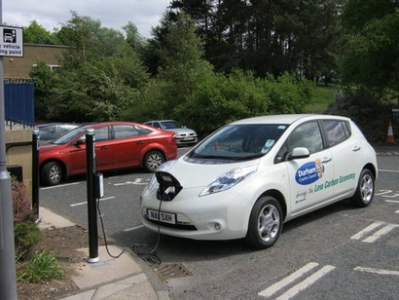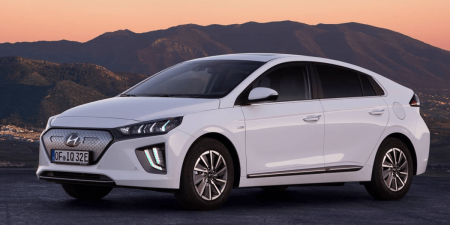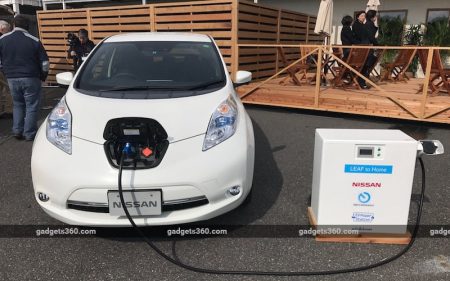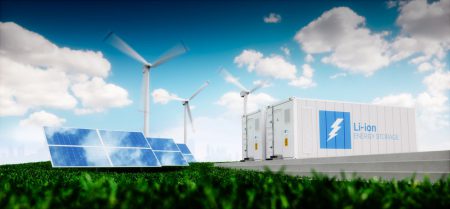One in 32 cars driving in Britain now comes with a plug, amounting to 1,089,241 vehicles – a rise of more than half over the last year
MORE BRITONS are getting back into the driving seat following the pandemic, according to new annual Motorparc data from the Society of Motor Manufacturers and Traders (SMMT), with the number of cars in use on UK roads in 2022 rising by 124,393 units to a total of 35,148,045.
This has returned the number of cars on the road to levels last seen in 2019, while the overall number of vehicles has risen to a record 40,723,974 units as supply shortages begin to ease and scrappage levels decline.
Businesses are also getting into gear to help deliver the UK’s post-pandemic recovery, with 615,570 trucks and 4,887,593 vans in service, up 1.9% and 1.7% respectively. Britain’s HGV parc is now at record levels, while vans make up almost one in eight vehicles in use, the largest proportion ever recorded.
The UK’s bus and coach fleet, however, has fallen again, by -2.3% to 72,766 vehicles – the lowest since records began, with 16,608 going out of service over the last decade. More than one in four buses have been in use for more than 15 years, demonstrating the need for support to encourage operators to invest in the latest zero-emission buses given the essential role these vehicles play in providing mobility for millions of people and in road transport decarbonisation.
Read more: TheVoice
It’s Time to Go Green!
If you would like to know more about Solar Panels and the PowerBanx range of home battery systems, and get a free instant quote, please complete our online form:




















